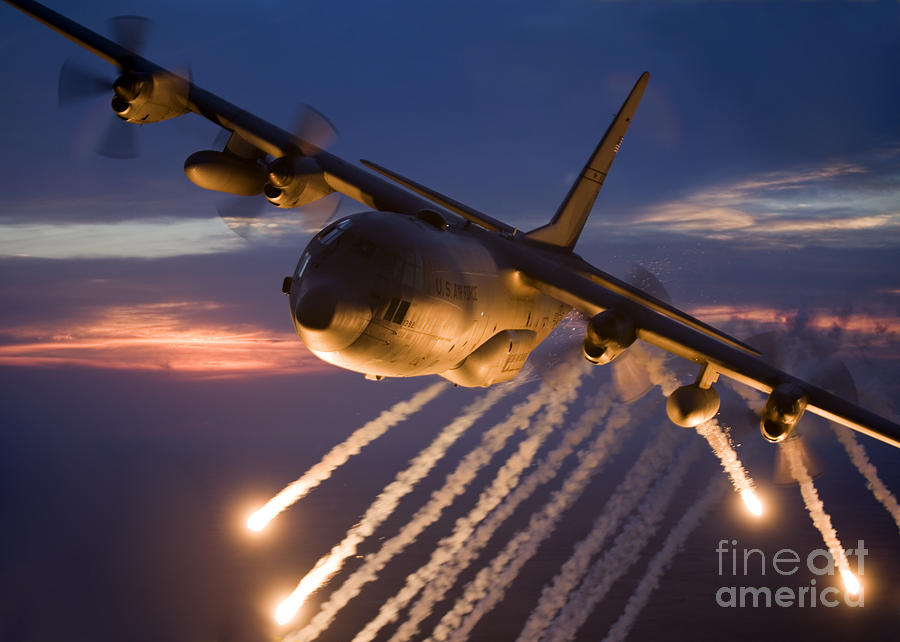

The Invader’s reputation started when Korea exploded into war in 1950. This light-attack, two-man aircraft, which debuted in 1944, unfortunately played second fiddle to the more famous Mitchell’s exploits until after the war’s end, when the ensuing years caused it to make a name for itself as the definitive gunship until the mid 1960s. Just as quick as it arrived though, the Mitchell ended its run as the premier gunship of the era with the arrival of a new kid on the block, one even more purpose built for task. The modifications worked, and the gunships success echoed back to designers who, months later, produced G and H models of the Mitchell sporting armaments up to 75mm. The attacks were relentless, and at the end of the battle all eight of the transports slipped beneath the waves, smouldering and peppered from bow to stern with bullet holes. Gunn’s A-20s and B-25s swept in at low level, hammering the hulls and decks of the transport ships and their naval escorts with bombs and tens of thousands of rounds. and Australia intercepted a Japanese convoy of eight transports carrying men and material to reinforce Lae, New Guinea.

Nevertheless, the improvements worked, and Gunn’s A-20s and B-25s soon flew into action in a big way.įrom March 2-4, the Battle of the Bismarck Sea raged as aircraft of the U.S. As this arrangement was never part of the original design, all modifications had to be made in the field. 50s in the nose, two on either side of the fuselage and three behind the front nose wheel bay. Therefore, he sought out a more suitable airframe in B-25D Mitchell medium bombers, and mounted four. Using them as strafers, he soon realised that, though additional firepower helped, it remained barely adequate to achieve what he really needed them to do: sink Japanese shipping. 50 caliber machine guns to the nose of his squadron’s A-20 Havoc light bombers. deep in World War II, Army Air Corps Major Paul “Pappy” Gunn unknowingly laid the seeds of what would become the gunship, when he added four. Ultimately, it would take an American commander in Queensland, Australia to force the Air Corps to realise the potential of the idea. Another effort was made to garner interest in 1939, as just as war clouds loomed, but it too fell by the wayside. Yet, when Army brass watched the demonstration, which showed promise, they dismissed it as strange and useless, ordering the idea shelved as they moved on to more familiar things. Named after the air racing term, it involved positioning an aircraft in a gentle bank and orbiting it around a fixed point as the gun fired continuously. 30 caliber machine gun to the side of a biplane and flying a simple manoeuvre known as a pylon turn. Using side-firing weapons on aircraft can be traced back to 1927, when a concept was demonstrated by fixing a.


 0 kommentar(er)
0 kommentar(er)
